The 1950s were a time of simplicity, creativity, and outdoor fun for children. Without the distractions of modern technology, kids found joy in imaginative play and community activities. This post explores the unique pastimes of the 1950s, showcasing how children entertained themselves in an era that valued resourcefulness and outdoor adventures.
Outdoor Adventures
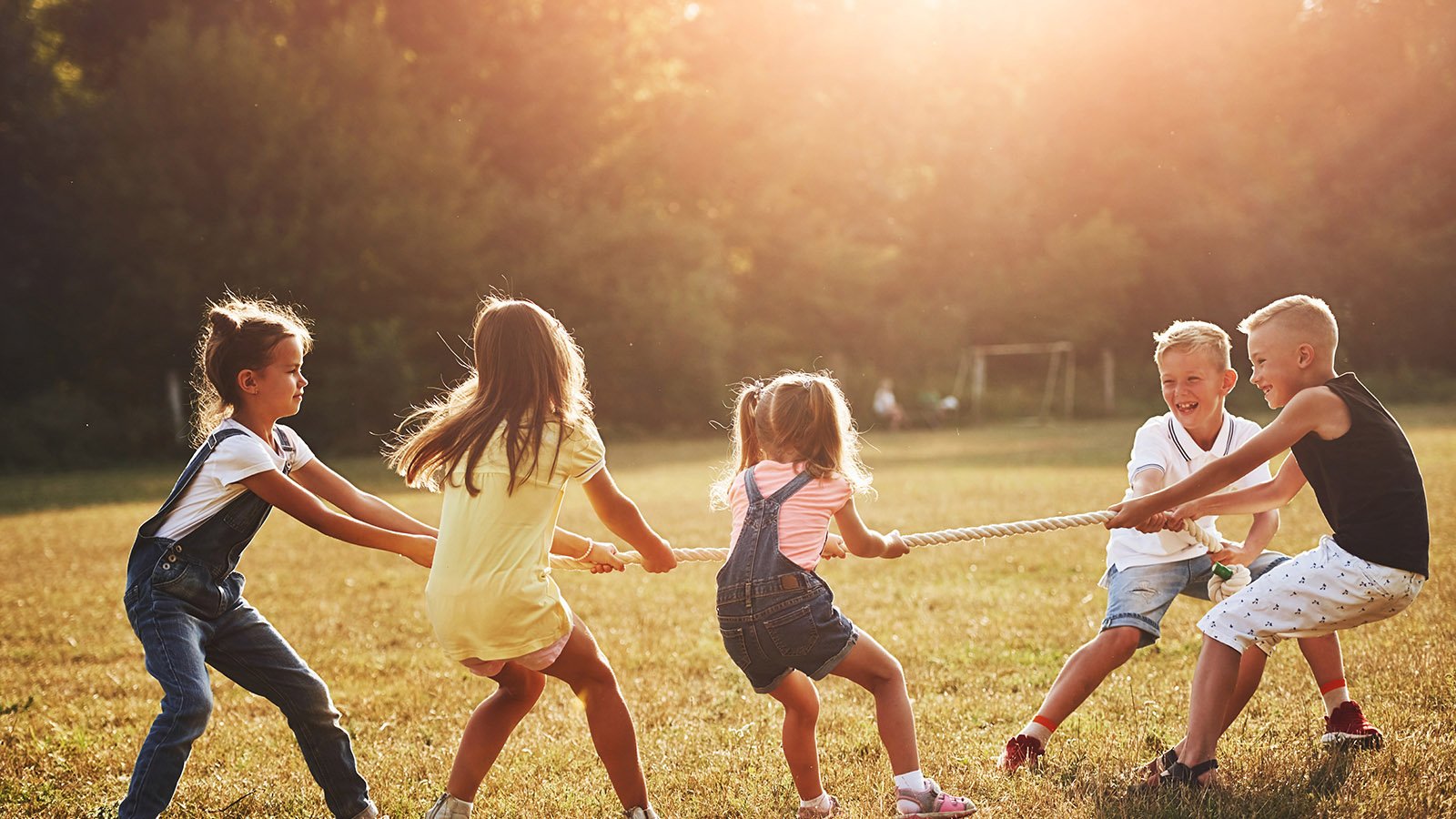
During the 1950s, children enjoyed unparalleled freedom to explore their neighborhoods. They often roamed on bicycles, played street hockey, and got muddy, exploring local gullies. Without the constant supervision seen today, kids develop a sense of independence and adventure.
Classic Board Games
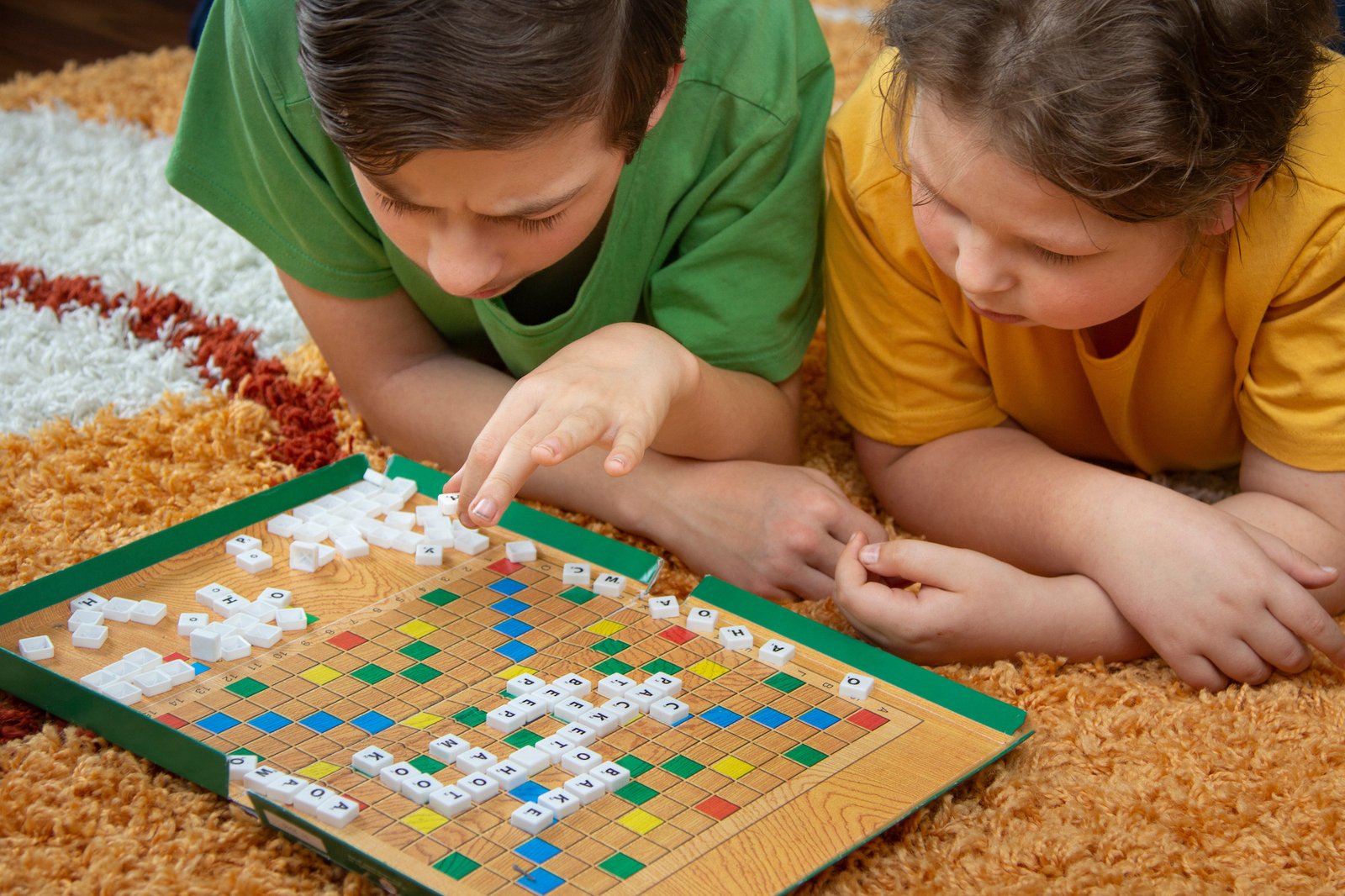
Rainy days in the 1950s were perfect for indoor games. Families gathered to play checkers, marbles, chess, and card games like Go Fish and Old Maid. The era also saw the rise of Scrabble, which became immensely popular shortly after its release in 1948. By 1952, the game was selling 400 sets a day, indicating its widespread appeal.
Comic Books
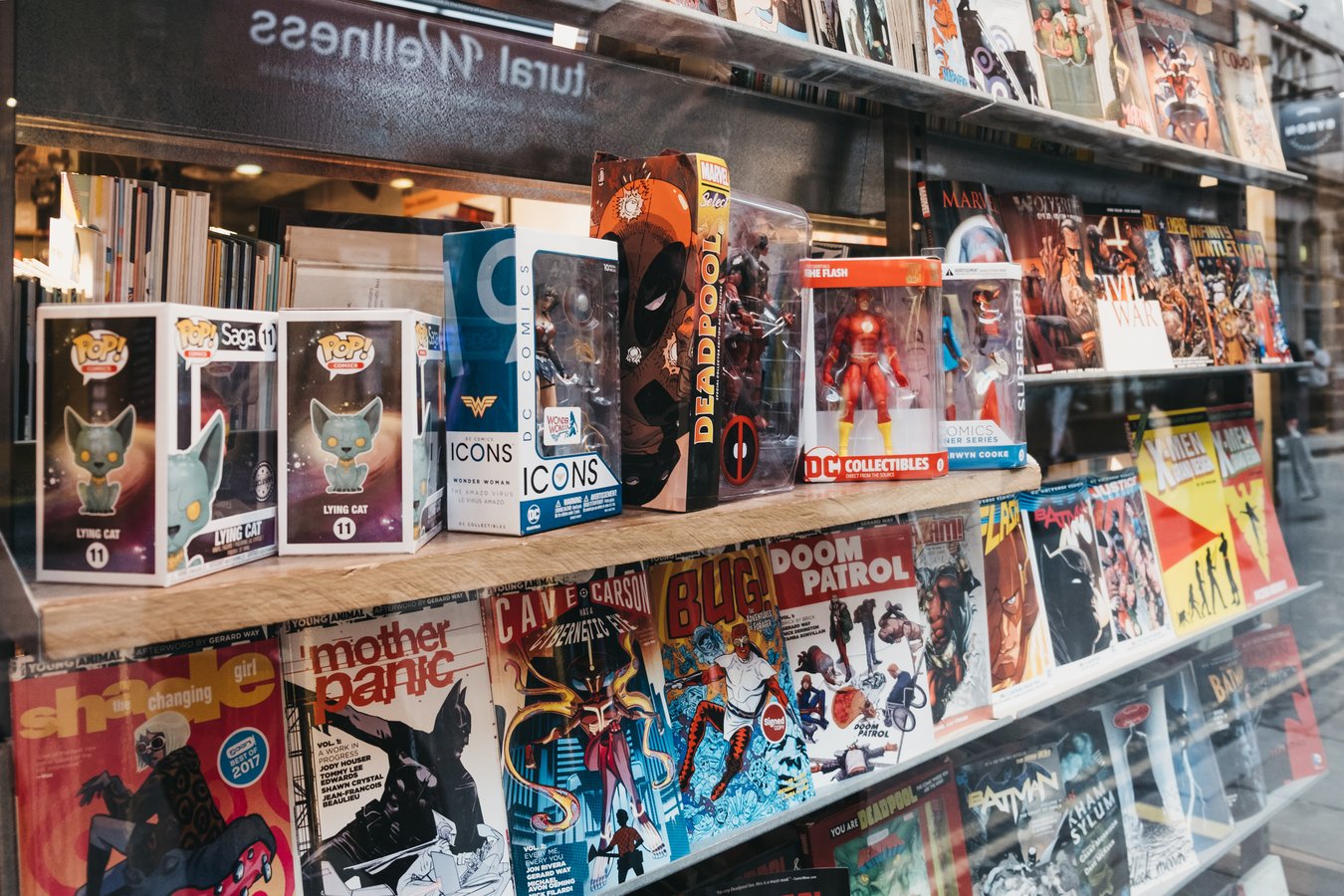
Despite facing criticism for allegedly promoting juvenile delinquency, comic books were a beloved pastime for children in the 1950s. An estimated 90% of kids read comics during this period, enjoying the adventures of their favorite superheroes and characters. This form of entertainment provided a creative escape and fueled the imaginations of young readers.
The Magic of Howdy Doody

Television was still in its infancy in the 1950s, but children’s programming like “Howdy Doody” captivated young audiences. Hosted by Buffalo Bob, this show featured the freckled marionette Howdy Doody and became a staple in many households. Its success paved the way for future puppet-based children’s shows and left a lasting impact on 1950s pop culture.
Family Road Trips

The 1950s marked the beginning of the American love affair with the automobile. Families took advantage of this new mobility to embark on road trips, creating memories along the way. These trips were more than just journeys; they were opportunities for families to bond, play games like I Spy, and enjoy the changing landscapes.
Hula Hoops and Slinkys
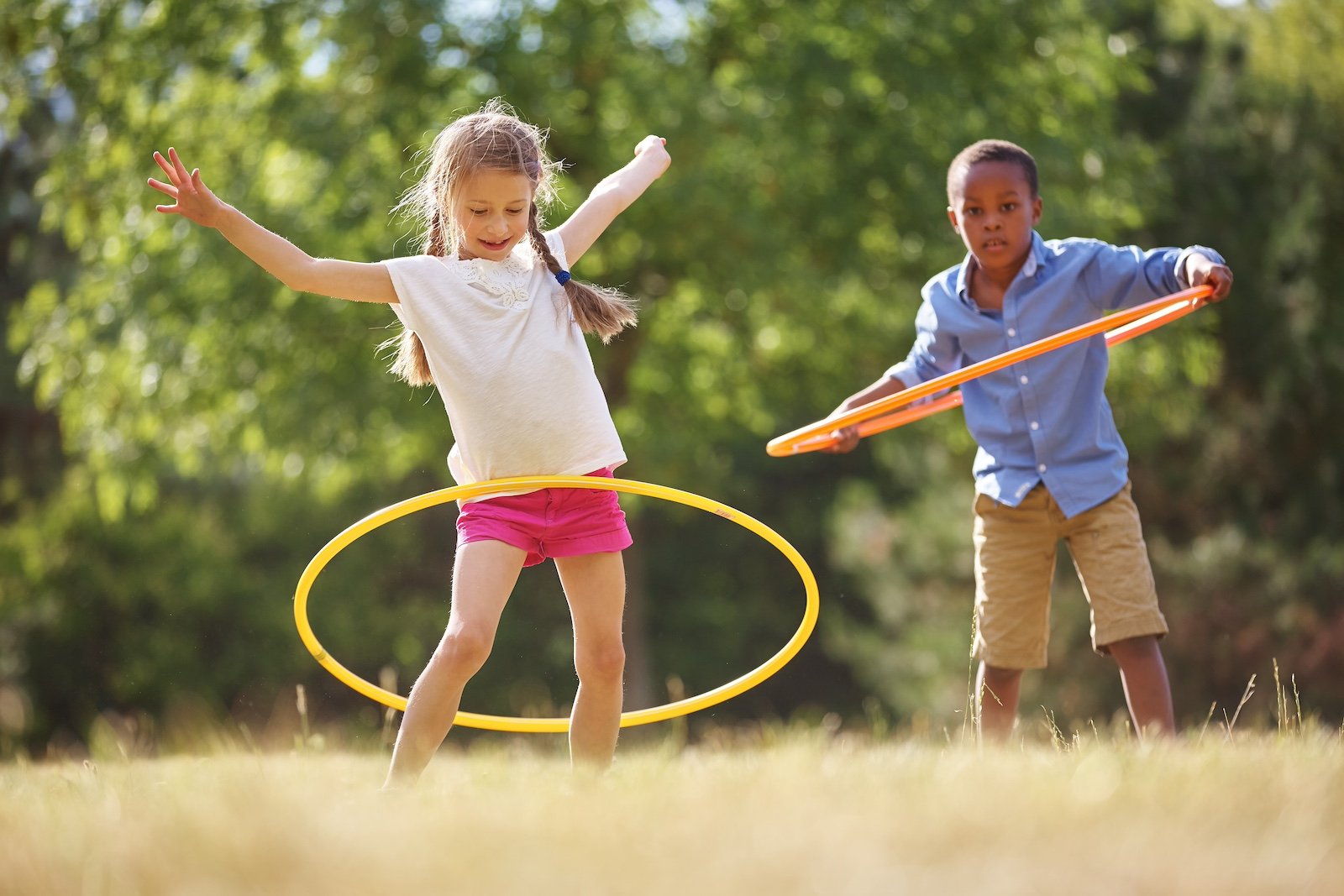
Simple toys like hula hoops and Slinkys provided endless entertainment for children in the 1950s. These toys encouraged physical activity and creativity. Hula hoops, in particular, became a massive fad, with millions sold worldwide. The Slinky, a pre-50s invention, continued to mesmerize children as it “walked” down stairs, showcasing the era’s appreciation for simple yet captivating playthings.
Motorbikes and Sidecars
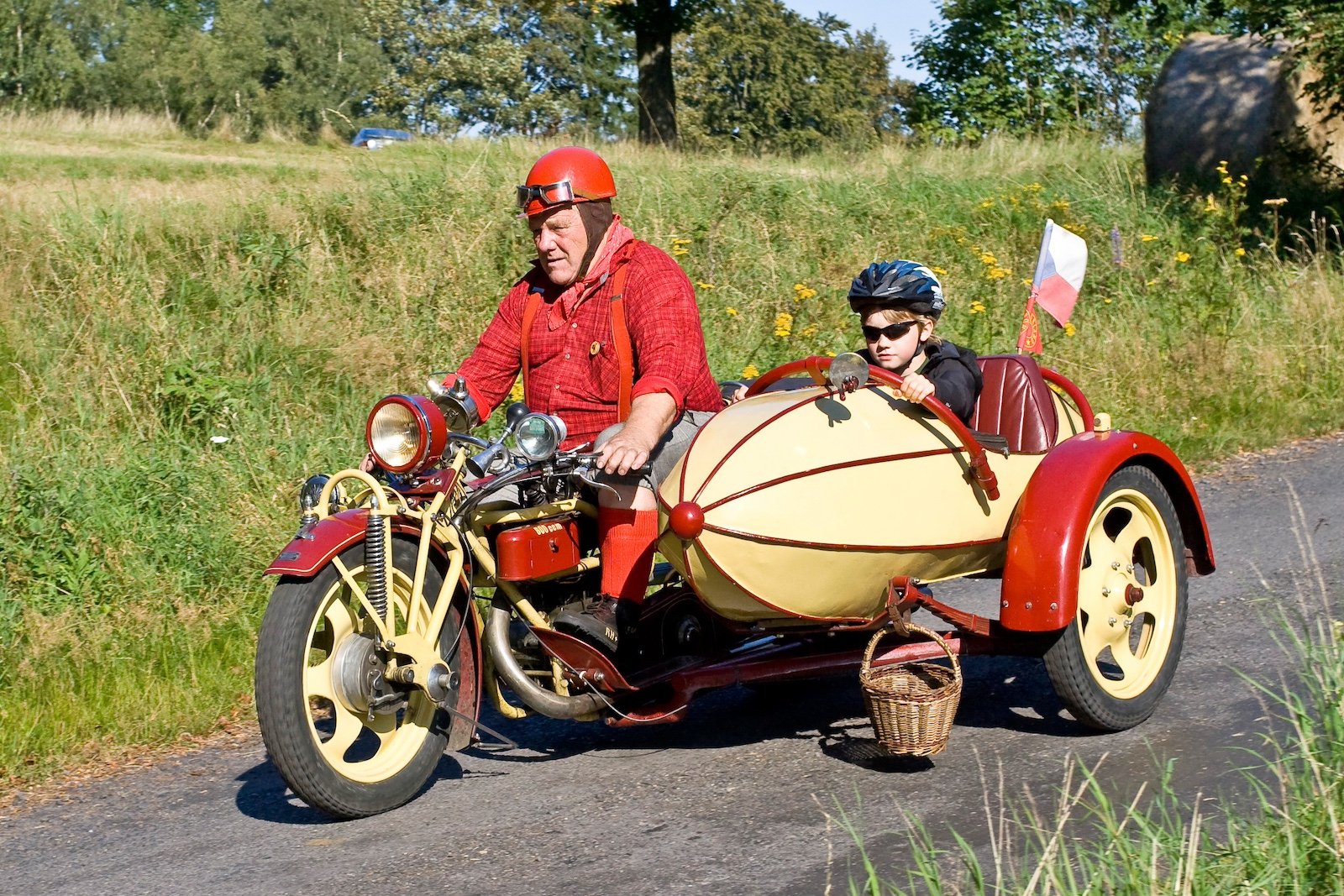
For families who owned motorbikes, adding a sidecar was a common practice. This mode of transport was not only practical but also added an element of adventure to everyday travel. Children enjoyed the thrill of riding close to the ground, experiencing the world from a unique perspective.
TV Westerns

Television Westerns like “The Lone Ranger” and “The Range Rider” were immensely popular among children. These shows introduced young viewers to the adventurous world of cowboys and outlaws, a genre that was particularly captivating for those living in places with no cowboy history. The action-packed episodes and heroic deeds inspired many childhood fantasies.
Enid Blyton’s Stories

British author Enid Blyton captivated children with her prolific writing. Her series, such as The Famous Five and The Secret Seven, provided thrilling adventures and mysteries that kept young readers hooked. Blyton’s ability to produce a vast number of books each year ensured that there was always a new story to enjoy.
Record Players and Vinyl Records

Music was an integral part of 1950s life, with families gathering around record players to listen to their favorite songs. Vinyl records, including 78s and the newer 45s, were treasured possessions. These records required careful handling to avoid scratches, and they played a crucial role in social gatherings and personal entertainment.
Building Forts

Children in the 1950s often engaged in building forts, both indoors and outdoors. Using blankets, chairs, and other household items, they created secret hideouts where they could play and let their imaginations run wild. These forts served as castles, pirate ships, or any other fantastical place they could dream up.
Roller Skating

Roller skating was a popular activity in the 1950s. Kids would strap on their skates and spend hours gliding up and down sidewalks or at local roller rinks. This pastime not only provided great exercise but also a sense of freedom and exhilaration as they zoomed around with friends.
Collecting Trading Cards

Collecting trading cards, particularly baseball cards, was a favorite hobby among 1950s children. They would buy packs of cards, trade with friends, and try to complete their collections. This activity not only fueled their passion for sports but also taught them about teamwork, negotiation, and the joy of collecting.
Playing Marbles
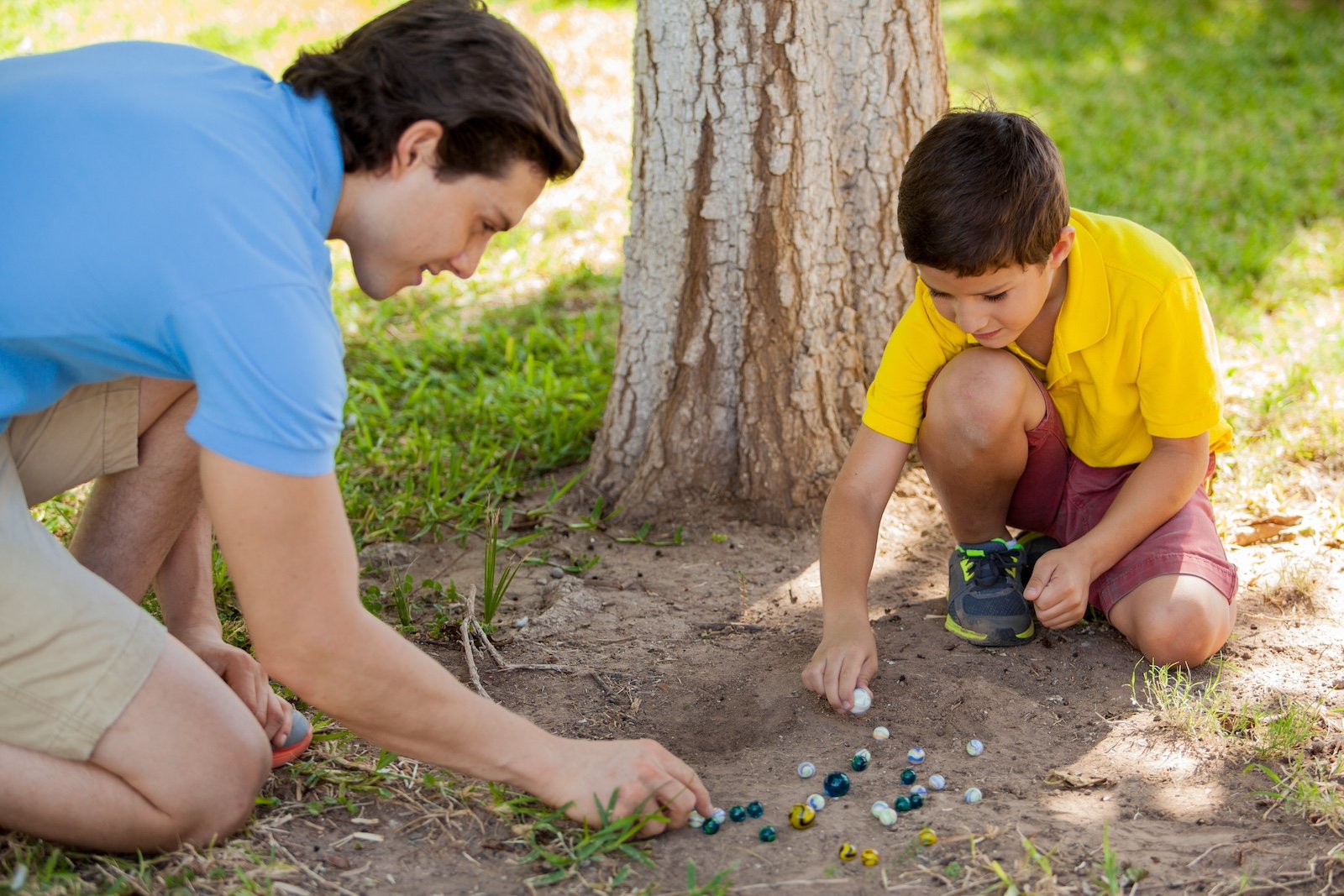
Marbles were a staple of 1950s childhood play. Children would gather in schoolyards and neighborhoods to play various marble games, such as “ringer” and “knuckles down.” The goal was often to knock opponents’ marbles out of a circle drawn in the dirt, providing hours of competitive fun.
Hopscotch

Hopscotch was a ubiquitous game in the 1950s, played on sidewalks and playgrounds. Using chalk, children would draw the hopscotch pattern and take turns hopping through the squares on one foot, retrieving a tossed marker without losing balance. This game was simple yet engaging, promoting physical activity and coordination.
Red Rover

Red Rover was a popular playground game where children formed two lines and took turns calling a player from the opposite line to run over and break through their linked hands. This game was not only fun but also built teamwork and physical endurance.


